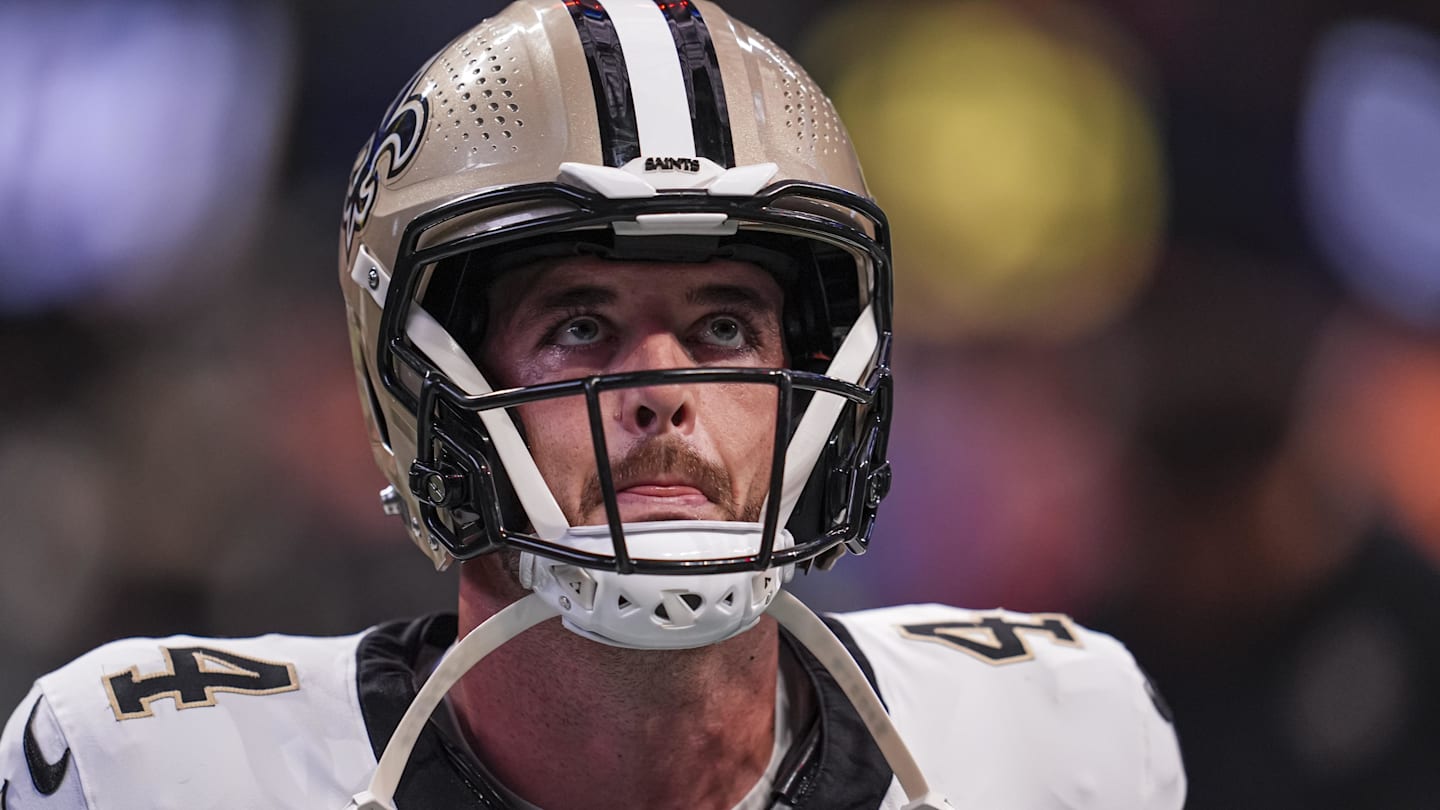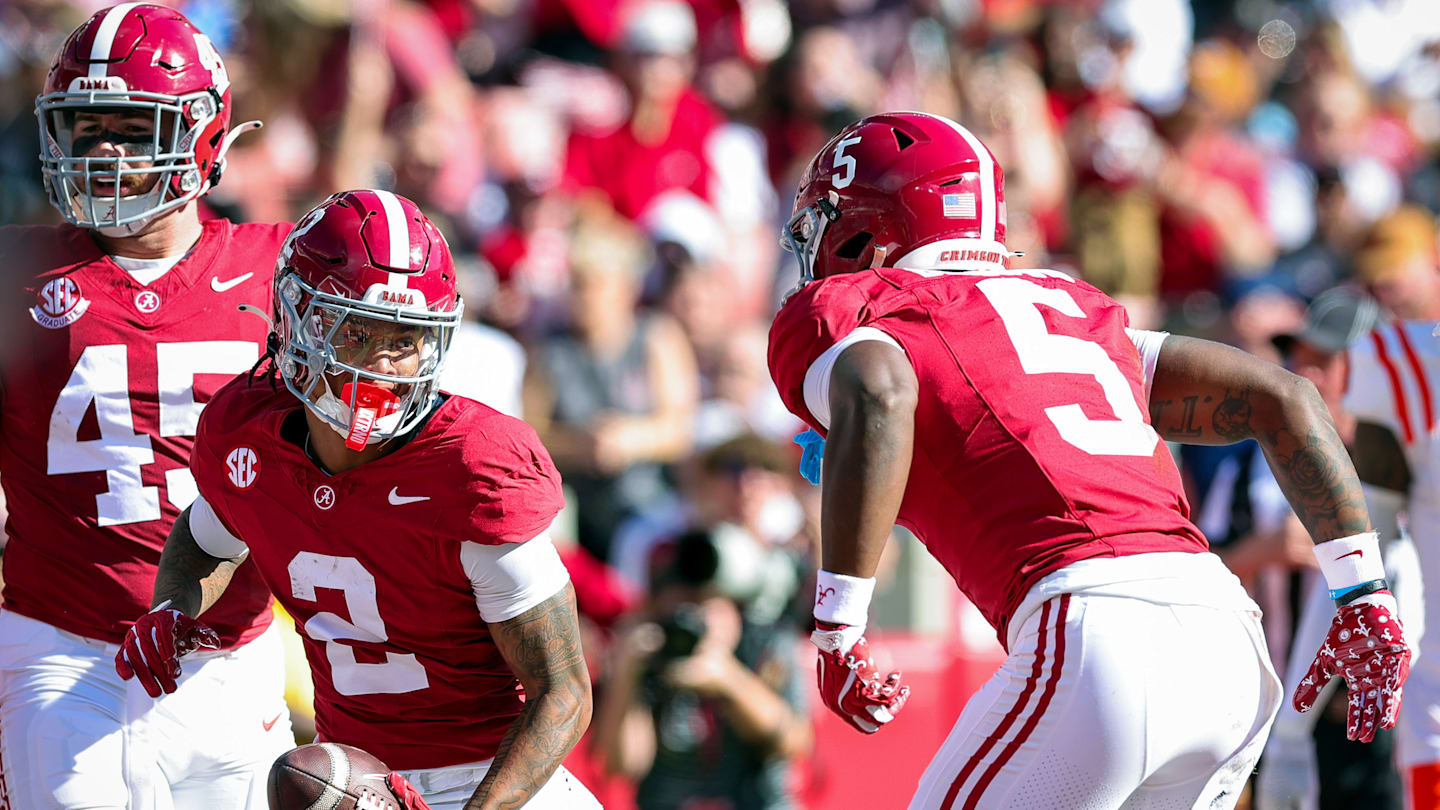Business of Football: The Saints’ Cap Bill Has Come Due

Now that we’re in the middle of the NFL regular season, I have some thoughts on a few business of football topics which have not only caught my attention, but my frustration. So allow me to vent here.
Saints are the Aints of cap management
The New Orleans Saints scored 91 points in their first two games and appeared to be, for a fleeting moment, an offensive juggernaut. They have scored only 116 points in their past seven games—all losses—and have now fired head coach Dennis Allen amid the sinking ship. Allen’s final act as coach was losing to the Carolina Panthers, who are also 2–7.
I have talked about the Saints and their credit card salary cap strategy much over the years. And as you might expect with my conservative cap strategy when I worked for the Green Bay Packers, I was not a fan of their way of doing business. As much as any team in the league, the Saints have continued to convert large salaries into signing bonuses to create short-term cap space, but add millions to cap proration in future years. Defenders of the Saints and their strategy have pointed to their ability to sign players and maintain competitiveness as they maxed out their credit card over the years. And, admittedly, the Saints have had some modest successes and seven playoff appearances since their Super Bowl in 2009, but one can hardly say their cap deferrals were worth it to win whatever they have won since that time.
Now, as they say, the chickens have come home to roost. It was always thought that one day their cap deferrals would come back to bite them. That time is now.
To paraphrase Dean Wormer speaking to Flounder in Animal House: Old, declining and in cap jail is no way to go through life. The Saints are a bad team, with an overpaid and declining quarterback, and no obvious replacement for the future.
They have shed one of their best players at the trade deadline, Marshon Lattimore, to incur another $25 million in dead cap next year. They not only lead the league in dead cap with almost $48 million in 2025, but they have the worst cap situation at close to $62 million over the projected $270 million salary cap. Derek Carr has a $51 million cap hit next year if he stays and a $50 million cap hit if he goes. And if the face of their defense, Cam Jordan, retires, his dead cap will be $24 million, an extraordinary number for a nonquarterback.
I told Saints fans this would happen, but I understand it is hard to see the future when focused on the present. But this is the credo about cap management I always tell people: It doesn’t take a salary cap genius to push out cap room into the future (anyone can do that), but it does take a salary cap genius to manage the cap without the need to do that.
Combine star now benched
Every now and then, there is that true combine standout, the rare player who leaves NFL scouts’ mouths agape with the testing numbers that are off the charts for his position (or, in some cases, any position). That player in 2023 was Anthony Richardson, the quarterback from Florida who ran a 4.43 40-yard dash at 244 pounds, had a 40.5-inch vertical jump and a 10-foot, 9-inch broad jump. Even with a limited amount of playing time in college, the Indianapolis Colts saw enough with the gaudy combine numbers to make him the No. 4 pick in last year’s draft. He was the face of the future.
Now that future can wait. Although Richardson has battled injuries, he is now healthy, yet benched in favor of the ageless (and Business of Football Hall of Famer) Joe Flacco. Since Richardson is always described as “raw,” this makes the move even more curious, as the one thing that Richardson definitely needs is playing time. But the Colts view Flacco as a better option to win now—not a good endorsement of Richardson—so Richardson will sit and learn behind Flacco, who is definitely not the future at quarterback for the Colts.
As to those who suggest to me and my Packers background that it worked out so well for Aaron Rodgers and Jordan Love to wait—and they did an extraordinary three years each—this is a much different animal. Rodgers played behind Brett Favre, and Love behind Rodgers, both with 15-plus years experience with the franchise and still playing at a high level. They were drafted in the mid-20s of the draft, and they were selected to wait. Richardson was drafted to play, ahead of other quarterbacks having no real history with the Colts, whether it was Gardner Minshew II or Flacco.
The benching followed a game in which Richardson begged out because he was “tired.” That floored me. NFL plays are four to six seconds. Players play less than half the game. Timeouts are long and frequent. Yet, Richardson, this freakish athlete, was tired? Really? The combine can tell teams a lot about how a player tests and how a player runs and lifts and interviews, but it is not a reliable guide to how a player actually, you know, plays football. It doesn’t sit well with me and much more importantly, it didn’t sit well with his teammates. Perhaps that is a larger part of the reason that he was sent to the bench.
Richardson is 22 and has many chapters left in his career. But the Colts are obviously concerned enough to have the supposed future of the team forego much-needed playtime in place of Flacco.
Tom Brady silliness
I understand why Las Vegas Raiders owner Mark Davis wanted to sell Tom Brady a 5% share of the team. And I understand why Fox was willing to make Brady the highest-paid broadcaster in NFL history, paying him $375 million over 10 years (some of which, I assume, is financing his purchase into the Raiders). Brady is an icon and a true A-lister. And I understand the world of conflicts; all successful people have professional conflicts. I’m not anywhere in the realm of Brady’s success, but I deal with conflicts in my world all the time.
My problem is that the shoehorning of Brady into these two roles have required the NFL to set up guardrails that undeniably devalue him as the NFL’s most visible broadcaster.
Brady can’t visit the practices of the teams he is covering, nor can he sit in those production meetings with the teams’ top coaches and players, all due to the vague notion that he would gain a competitive edge for the (hapless) Raiders. By placing these restrictions on him, there are only two results: He is now markedly less valuable as a broadcaster, and these team visits and meetings—attended by every other network commentator for decades—do not have a lot of value to commentators.
Now there is talk that Brady may have to pull his punches on criticism of the referees during games. Although his criticism of last Sunday’s expulsion of the Detroit Lions’ Brian Branch for his hit against the Packers was ruled to be copacetic by the league, there are now going to be questions every week about whether Brady’s comments crossed the line into the NFL’s impermissible behavior realm, all while Brady is trying (hopefully) to give us an unfiltered view of the game.
Putting aside the issue of whether Brady is a top-level broadcaster and whether he is “better” than Greg Olsen or others, are we going to really allow the NFL to make Brady, with whatever warts he already has, an even lesser broadcaster due to the guardrails placed on him? What are we doing here? If Brady can’t serve Fox and its viewers with open and honest commentary, should we even have him in this role? So we can get the discount Brady for a retail price?
Due to the regulations the NFL has imposed on him, Brady cannot be the best broadcaster he can be. And millions of viewers are worse off for it.
Related
Does Michigan Football have the experience to make the College…
The Michigan Wolverines made it to the College Football Playoff for the first time in 2021 after beating Ohio State and winning the Big Ten Championship. Sin
Alabama football’s 2025 WR room is giving “Ryde Outs” vibes
Alabama football's WR room stagnated in the final years of the Nick Saban era in Tuscaloosa. The Crimson Tide went from a dominant run of recruiting and develop
Big 12 opener, historic Classic highlights HBCU football schedule
Courtesy of UAPB Athletics PINE BLUFF, AR.– The University of Arkansas at Pine Bluff Golden Lions football team has announced its 2025 HBCU football s
Top ten Ohio State football players entering 2025
There's great news, and just some OK news for the Ohio State football program. The great news is that the Buckeyes made good on their "national title or bust" s












